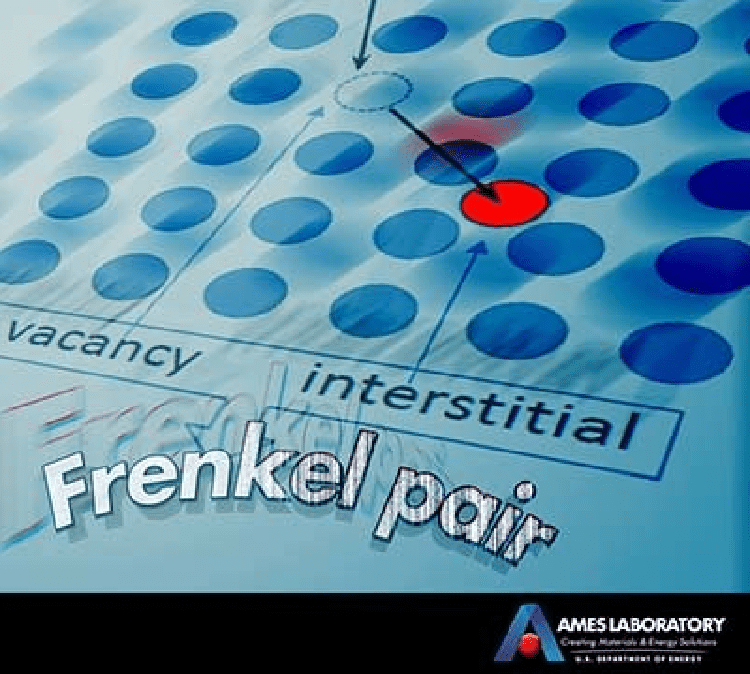Jul 9 2019
A research team, headed by the U.S. Department of Energy’s Ames Laboratory, has recently published a study that provides a better understanding of the nature of high-temperature iron-based superconductivity.
 (Image credit: Ames Laboratory)
(Image credit: Ames Laboratory)
Present theories propose that magnetic variations have an important role to play in establishing superconducting characteristics and they even behave as a “pairing glue”, especially in iron-based superconductors.
A metal becomes a superconductor when normal electrons form what physicists call Cooper pairs. The interactions responsible for this binding are often referred to as ‘pairing glue.’ Determining the nature of this glue is the key to understanding, optimizing and controlling superconducting materials.
Ruslan Prozorov, Physicist, Division of Materials Science and Engineering, Ames Laboratory
Prozorov is an expert in magnetism and superconductivity.
The researchers, from Ames Laboratory, the University of Minnesota, L’École Polytechnique, and Nanjing University, concentrated their attention on high-quality single crystal samples of an extensively researched group of high-temperature iron-arsenide superconductors.
The team required an experimental method to methodically disturb the superconducting, electronic, and magnetic ordered states, without changing the pressure, temperature, and magnetic field.
The researchers eventually selected a not-so-obvious direction—purposely introducing disorder in the crystal lattice, but in a way that is both controllable and quantifiable. This experiment was carried out at the SIRIUS electron accelerator at École Polytechnique.
They bombarded their samples with rapid electrons moving at 10% of the speed of light, producing collisions that knocked out atoms, and leading to preferred “point-like” defects. Implemented at Ames Laboratory in the preliminary stages of iron superconductivity research, the method provides a way to nudge or poke the system and determine its response.
Think about it as another ‘knob’ that we can turn, leaving other important parameters unchanged.
Ruslan Prozorov, Physicist, Division of Materials Science and Engineering, Ames Laboratory
In earlier and associated research reported in Nature Communications in the year 2018, and utilizing an analogous method of probing the system by disorder, the researchers studied the interplay and coexistence of superconductivity and charge-density wave, or CDW, which is another quantum order contending with superconductivity.
There the researchers discovered a complex association in which the CDW contends for the same kinds of electronic states. It also softens the phonon modes to assist superconductivity. These modes act as a superconducting glue in that case, that is, a NbSe2 superconductor.
In the current work, while itinerant magnetism, or spin-density wave, also contends with superconductivity for the same electronic states, it provides magnetic variations as a glue.
The researchers observed that that the induced disorder led to a considerable suppression of both superconductivity and magnetic order, indicating a significant role of magnetism, particularly in high-temperature superconductivity.
The study has been further discussed in the paper titled, “Interplay between superconductivity and itinerant magnetism in underdoped Ba1-xKxFe2As2 (x = 0.2) probed by the response to controlled point-like disorder,” penned by R. Prozorov, M. Kończykowski, M.A. Tanatar, H. H. Wen, R. M. Fernandes, and P. C. Canfield, and reported in Nature Quantum Materials.
The electronic irradiation was carried out at the SIRIUS pelletron accelerator at Laboratoire des Solides Irradiés, L’École Polytechnique, Palaiseau, France.